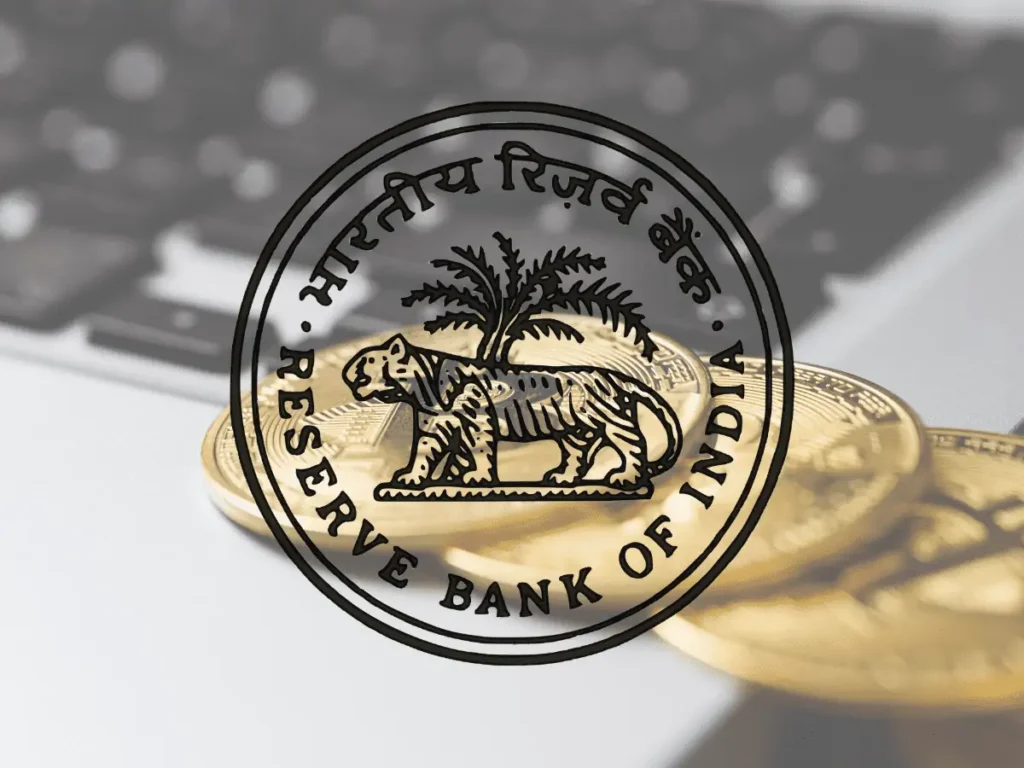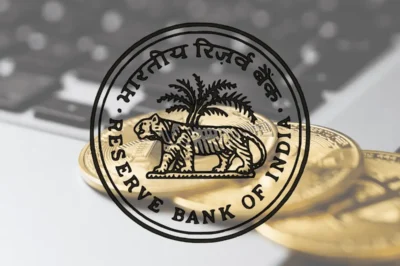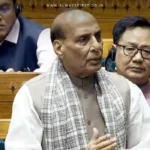
RBI’s Optimistic Outlook
In its annual report released on May 29, 2025, the Reserve Bank of India (RBI) projected that India would maintain its position as the fastest-growing major economy in the world during the fiscal year 2025-26. The RBI highlighted the country’s robust macroeconomic fundamentals, a resilient financial sector, and a steadfast commitment to sustainable growth as key drivers behind this optimistic outlook. Despite global economic uncertainties, India is poised to leverage its internal strengths to sustain economic momentum.
Key Growth Drivers
The RBI identified several factors contributing to India’s positive economic trajectory. Strong domestic consumption remains a cornerstone, bolstered by a growing middle class and increased consumer confidence. Additionally, capital spending, particularly in infrastructure development, is expected to stimulate economic activity and create employment opportunities. These elements are anticipated to offset global challenges and support continued growth.
Inflation and Monetary Policy
A favourable inflation outlook further supports the RBI’s growth projections. With food price shocks subsiding, headline inflation is expected to converge to the central bank’s target range. This stability provides the RBI with the flexibility to adopt a supportive monetary policy stance, fostering an environment conducive to investment and economic expansion.
Global Perspectives
India’s growth prospects are also recognized by international institutions. The International Monetary Fund (IMF) forecasts a 6.5% GDP growth for India in both 2024-25 and 2025-26, attributing this to robust private consumption and macroeconomic stability. Similarly, the World Bank projects India to remain the fastest-growing major economy, with a 6.7% growth rate in FY26, driven by sustained expansion in the services sector and strengthening manufacturing activity.
Structural Reforms for Sustained Growth
While the short-term outlook is promising, experts emphasize the need for structural reforms to ensure long-term economic stability. The IMF advocates for deeper implementation of reforms to boost private investment, employment, and overall growth. Areas of focus include labour market reforms, strengthening human capital, and enhancing trade integration. These measures are crucial for realizing India’s ambition of becoming an advanced economy by 2047.
Conclusion
India’s economic resilience, characterized by strong domestic demand, prudent monetary policies, and ongoing structural reforms, positions it favourably for continued growth in FY26. As the country navigates global economic challenges, its internal strengths provide a solid foundation for sustained economic expansion. The collective efforts of policymakers, businesses, and consumers will be pivotal in translating this optimistic outlook into tangible outcomes, ensuring that India remains a key driver of global economic growth.









































Leave a Reply